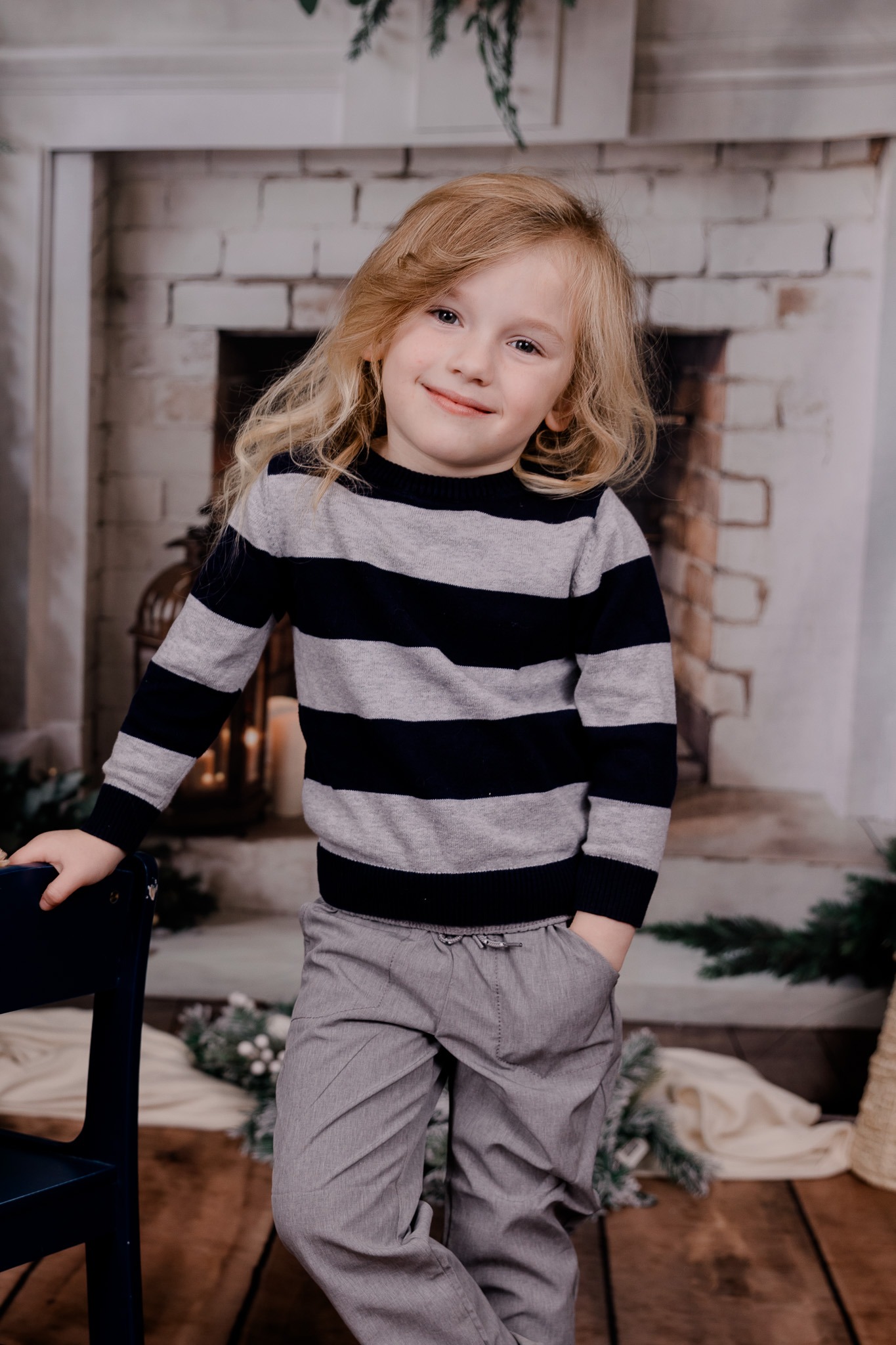Every parent wants to capture those precious moments in their child’s life—the smiles, giggles, and even the serious looks that show off their personality. But getting good portraits of children can be tough. Kids are energetic and often don’t want to sit still, and the more you try to control everything, the harder it can be to get that perfect shot. With these five essential tips, you can make child portrait photography easier and more enjoyable for both you and your little ones.
Tip 1: Embrace Candid Moments
One common mistake parents make when photographing their kids is trying to force specific poses or expressions. Kids are spontaneous, and that’s exactly what makes them so special. Instead of aiming for stiff, formal shots, try to embrace the candid moments that happen naturally.
Set your camera to burst mode and let your child be themselves—running, jumping, laughing, or playing. Capture them while they’re exploring, and you’ll get photos that really show their personality. The candid moments are often the most authentic, full of movement, emotion, and the uniqueness of childhood.
Photograph them while they’re doing something they love. Whether it’s painting, baking, or playing in the yard, when kids are having fun, their smiles are genuine, and their curiosity shines through.
Pro Tip: Keep your camera ready. Kids’ expressions change in an instant, and those fleeting moments—a glance, a burst of laughter—are often the most magical.
Tip 2: Get Down to Their Level
Perspective is everything. When photographing kids, get down to their eye level. Shooting from an adult’s height often results in distant-looking photos that don’t capture the child’s perspective. By getting on their level, you make the photos more intimate and expressive.
Sit, kneel, or even lie down to get the right angle. This approach helps you capture the real sparkle in their eyes and makes you less intimidating, which helps your child relax.
When you’re at their level, you can focus on the details that matter—their tiny hands, the wonder in their eyes, or the joy of blowing bubbles. These details bring your photos to life.
Pro Tip: Experiment with different angles from their eye level—try tilting your camera slightly or using objects in the foreground to add depth and context to the shot.
Tip 3: Use Natural Light (Avoid the Flash!)
Natural light is your best friend when it comes to photographing kids. Flash can create harsh shadows, red-eye, and unnatural expressions. Instead, use soft, natural light whenever possible.
The best time to take photos outdoors is during the “golden hour”—the hour just after sunrise or just before sunset. The light is warm, soft, and perfect for capturing tender moments. If you’re indoors, position your child near a window for soft, flattering light.
Avoid direct sunlight, as it can create harsh shadows and make your child squint. On sunny days, look for open shade—under a tree, an awning, or use a light-colored wall to reflect soft light onto your child’s face.
Pro Tip: Cloudy days are great for photos. The clouds act as a natural diffuser, creating even light without harsh shadows.
Tip 4: Keep Sessions Short and Fun
Young children have short attention spans, and they can get frustrated quickly if they feel forced to pose. The key to a successful photo session is keeping it short and fun. When your child is having a good time, their smiles and energy will be genuine.
Instead of trying to get everything done in one long session, aim for shorter ones. This way, your child won’t feel overwhelmed, and you’ll have more chances to capture different expressions and activities. Make it a game—let them take breaks, play with their favorite toy, or even take a few photos of you.
Pro Tip: Offer small rewards, like a favorite snack or a fun activity after the session. Positive reinforcement can keep things light and enjoyable for both of you.
Tip 5: Let Their Personality Shine
The best portraits are the ones that capture your child’s essence—their quirks, curiosity, and unique personality. To do this, let them be themselves. Avoid making them smile on cue or replicate a pose you saw online. Instead, follow their lead.
If they’re feeling silly, embrace it—snap photos of their goofy faces or catch them mid-laugh. If they’re feeling more reserved, capture them snuggling with a stuffed animal or gazing out the window. These moments are the ones that make the best memories.
Consider using props or elements that reflect their interests. If your child loves dinosaurs, let them hold a toy dinosaur or wear a dinosaur shirt. If they love princesses, let them wear a tiara. The goal is to make the photo session a reflection of who they are right now.
Pro Tip: Don’t forget to include yourself in some of the photos. Set up a tripod or ask someone to take a few shots of you with your child. Years from now, those shared moments will be the ones you treasure the most.
Final Thoughts: It’s About the Memories, Not Perfection
The goal of taking portraits of your children isn’t to create perfect, magazine-worthy images. It’s about capturing who they are—their spirit, laughter, curiosity, and even their messiness. Don’t stress about every photo being technically perfect. The crooked smiles, tousled hair, and unexpected giggles are what make childhood so special.
Photographing your children should be a joyful experience. By following these five tips—embracing candid moments, getting on their level, using natural light, keeping sessions short, and letting their personality shine—you’ll create a collection of portraits that are beautiful and meaningful.
These images will become treasures that you and your children will cherish—snapshots of a fleeting childhood captured forever.
Happy photographing!
